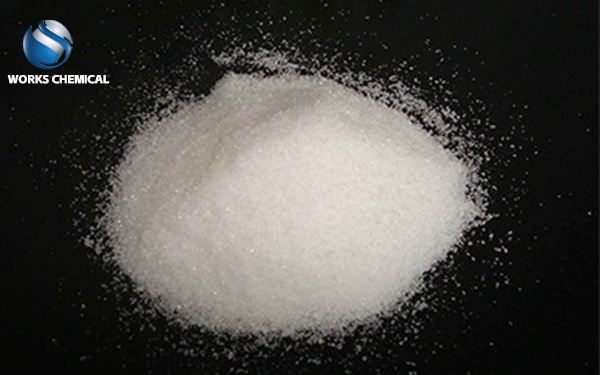
The sludge has high water content and contains a lot of toxic and harmful substances. If not handled properly, it will cause secondary pollution. Traditional sludge disposal methods include landfill, incineration, land use, etc., but due to the high water content of sludge, its application is limited. Therefore, reducing the moisture content of sludge is the key to solve the problem of sludge treatment. In the current sludge treatment, polymer inorganic sewage flocculant is usually added for flocculation dehydration, that is, polymer bridge flocculation can neutralize the negative charge on the sludge, increase the cohesion of ions, and improve the dewatering performance of the sludge. However, the actual dewatering effect is not ideal, after dewatering with inorganic sludge flocculant, the water content of sludge is still as high as 80%. So is there a way to reduce the water content even lower?

Our research and development department of Works Chemical independently developed a sludge dewatering agent to improve the dewatering performance of sludge, and studied the mechanism of improving the dewatering performance of sludge. After extensive experimentation and use in various industries, Works Chemical sludge dehydrators can effectively reduce the moisture content of customers to about 40%-60%, and some industries can even dehydrate their sludge. The rate dropped to 38 percent. Sludge dehydrating agent is a kind of chemical agent which can change the surface structure of sludge, reduce the solid surface load of sludge, reduce the specific surface area of sludge and destroy the structure of bacteria.
The main components of sludge dehydrant change the surface properties of sludge through synergistic action, reduce the specific surface area of sludge, destroy the cell wall and cell membrane to release intracellular water, remove free water, bound water, capillary water and intracellular water in most biochemical sludge. The sludge conditioned by the sludge dehydrating agent is injected into the filter chamber of the filter press at a pressure of about 1.0MP, which is conducive to efficient filtration of free water in the sludge. The accumulated sludge in the filter chamber reaches the design capacity of the filter press and enters the high pressure. Press the part. The final dryness of the press dehydrated sludge is closely related to the effect of chemical conditioning modification, as well as the filling degree of the press chamber, the increase rate of press pressure and the retention time of press pressure.
When the chemical conditioning achieves better results, the use of high pressure feeding and high pressure pressing can shorten the time of the entire press section and improve production efficiency. Automatic discharge of filter material (filter cloth) and backblowing are completed at the same time, which can reduce the labor intensity of the controller, and improve the efficiency of the completion of the action, and maintain the effect of the filter cloth to intercept sludge and permeate water.